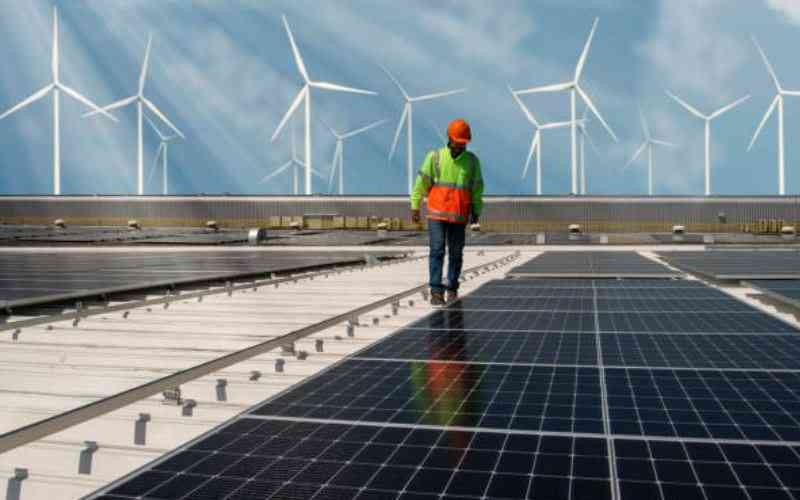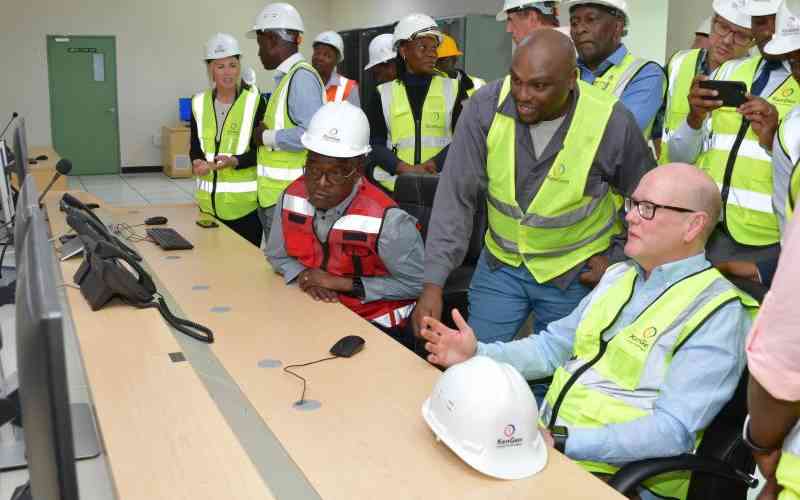
You have probably heard of the classic paradox: the chicken and the egg. Which came first? It’s a timeless question but one that perfectly illustrates the challenge facing Kenya’s electric mobility transition.
People are hesitant to buy electric vehicles (EVs) without readily accessible charging infrastructure, yet investment often lags behind until there is sufficient demand for Electric Vehicles. According to the Electric Mobility Association of Kenya (EMAK), some 9,047 EVs are registered in Kenya, up from 2,694 in 2023 and 5,294 in 2024.
These figures reflect encouraging momentum in EV adoption. However, the number of charging stations remains modest, especially when compared to fossil fuel infrastructure that has over a century of development. That historical advantage has made fossil fuel stations a ubiquitous presence, giving confidence to manufacturers, customers, and institutions that fuel will be available at anytime, anywhere.
For Kenya’s EV market to thrive, it requires a similar foundation: access to reliable, affordable, and high-speed charging. Only then will EVs become an option for everyday consumers, without hesitation or compromise. This is why Kenya Power’s recent announcement to roll out 45 new charging stations is a significant milestone. The announcement, made during the 3rd Annual E-Mobility Stakeholders Conference and Expo in Nairobi, signals a welcome shift: public utilities are stepping up as critical enablers of the EV ecosystem.
Additionally, the government, through the National Treasury, has awarded contracts for leasing of 3,000 electric vehicles under its official vehicle leasing programme, an influx expected to further drive the expansion of charging infrastructure nationwide.
At the same time, private sector players like BasiGo are scaling their charging stations alongside growing EV fleets. This dual approach, with both public and private investment, is essential to creating a reliable national charging backbone.
However, deploying infrastructure at scale doesn’t come without challenges. Chief among them is the high upfront cost of infrastructure upgrades required to support new high-power loads, such as EV chargers, as well as securing suitable land for charging depots. Leasing land is costly and requires extensive due diligence and negotiation.
For many startups in the e-mobility space, purchasing land is not yet financially viable, even if it may be the smarter long-term strategy. However, start-ups are also partnering up with companies to install chargers in facilities such as malls and gas stations. Our electricity is generated almost entirely from clean, renewable sources, with geothermal accounting for over 40 per cent.
Yet this clean power is underutilised at night. This is where electric public service vehicles come in. These vehicles primarily charge overnight, utilising the excess clean power. Not only does this boost grid utilisation and reduce waste, but it also increases revenue for the utility without any additional investment in new generation capacity. With this in mind, there are ways the government can support the growth of the e-mobility sector. A key area is addressing the high cost of infrastructure for charger installation.
-The writer is the Managing Director, Kenya at BasiGo.







